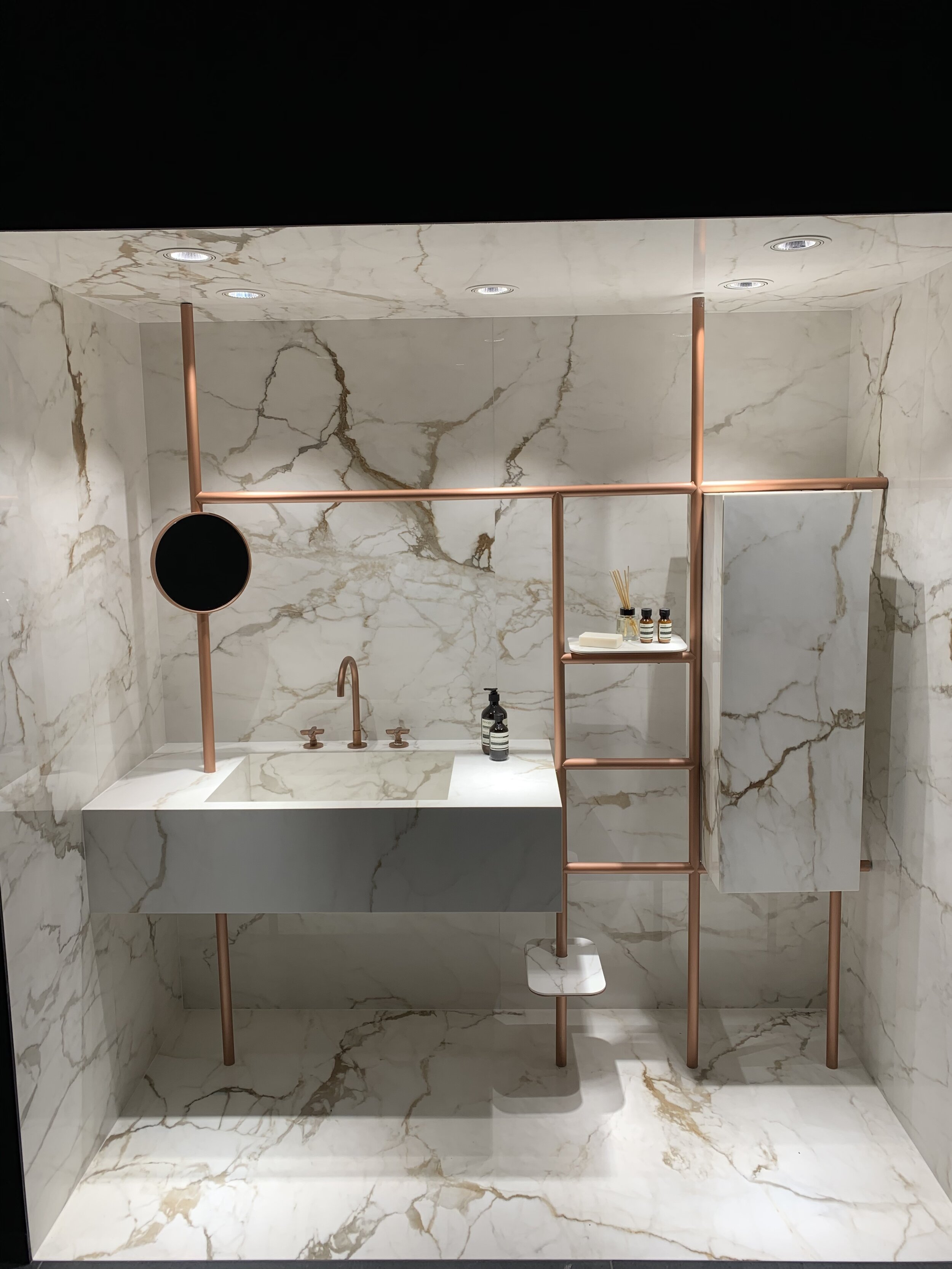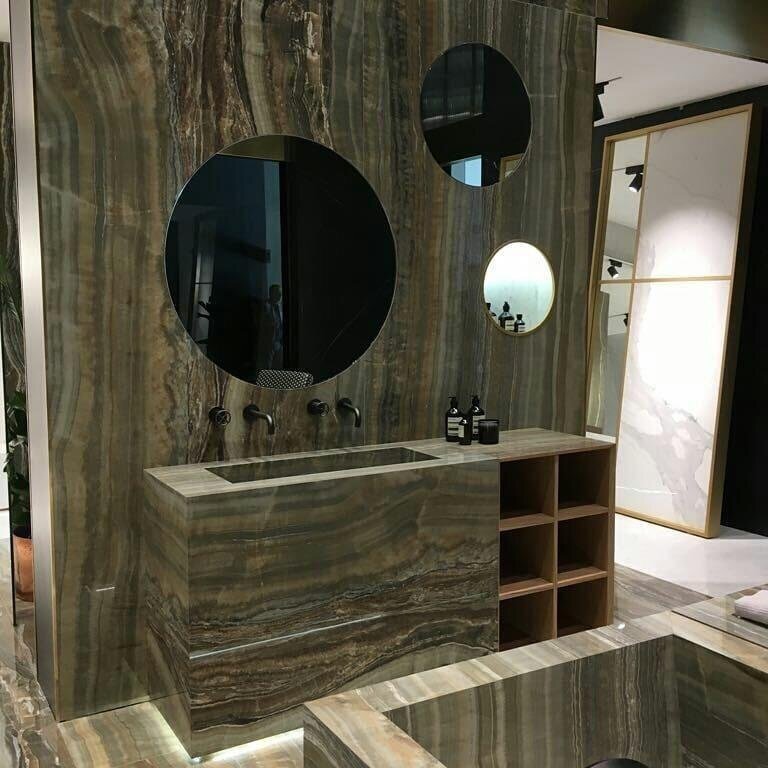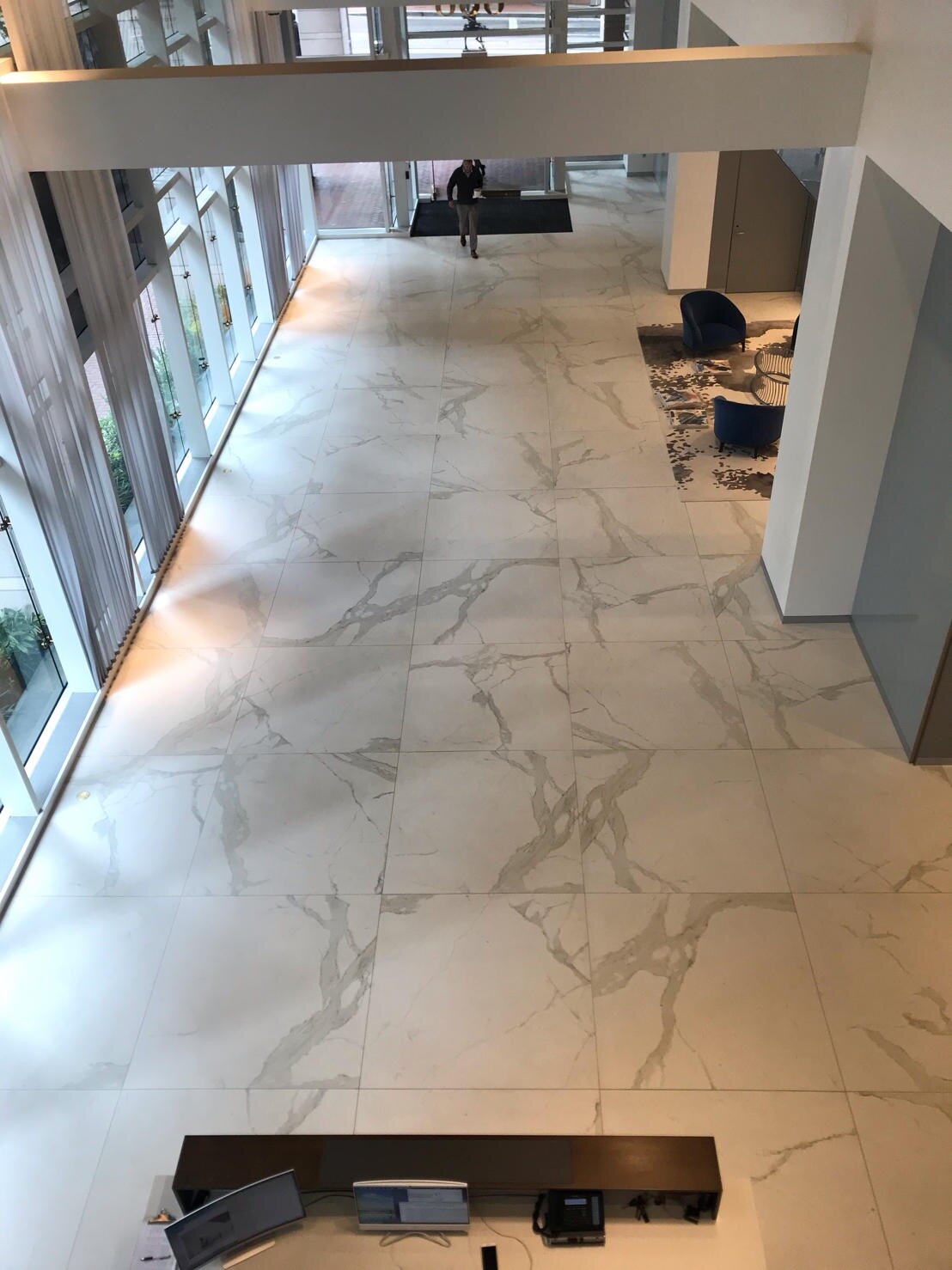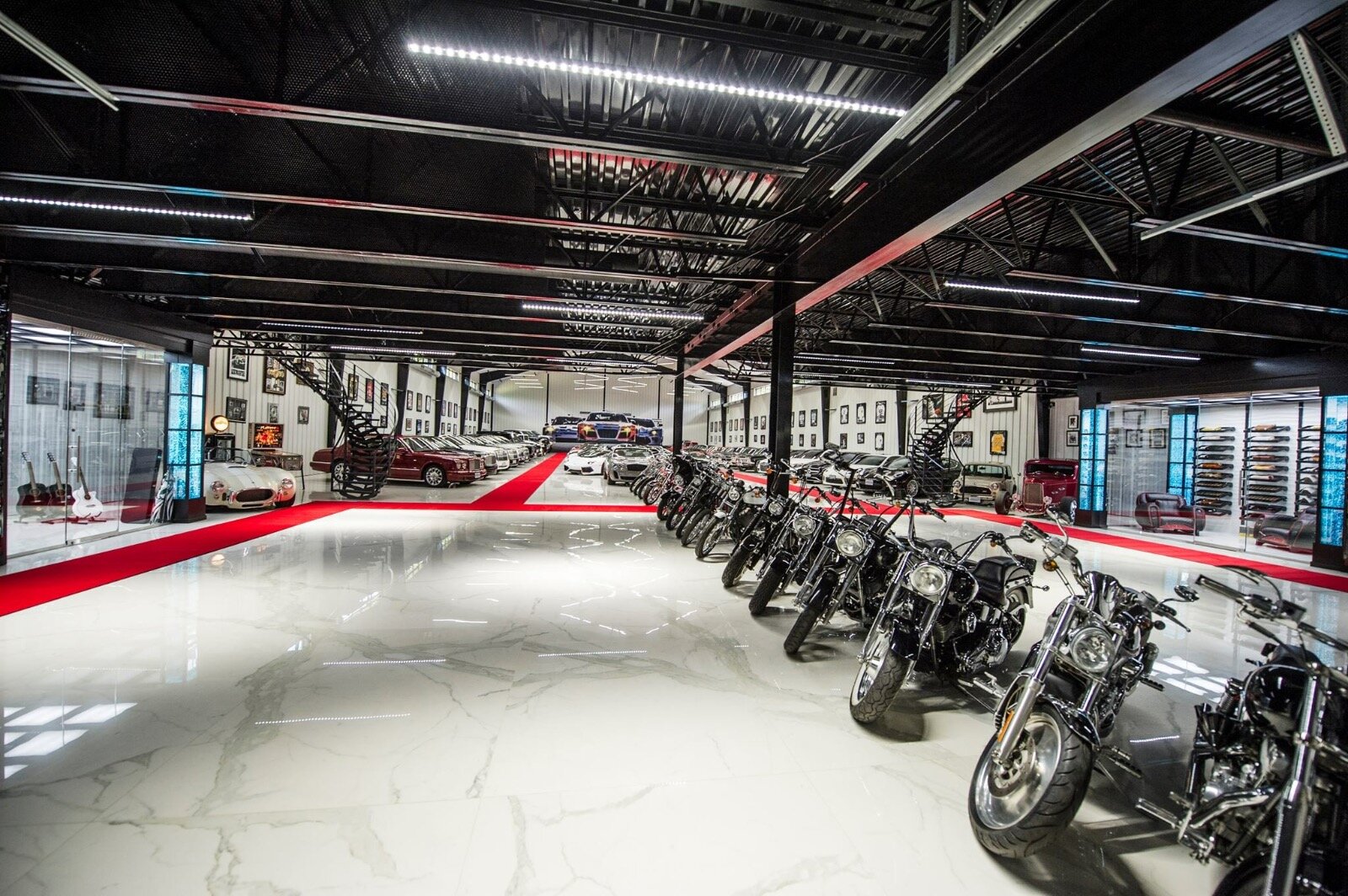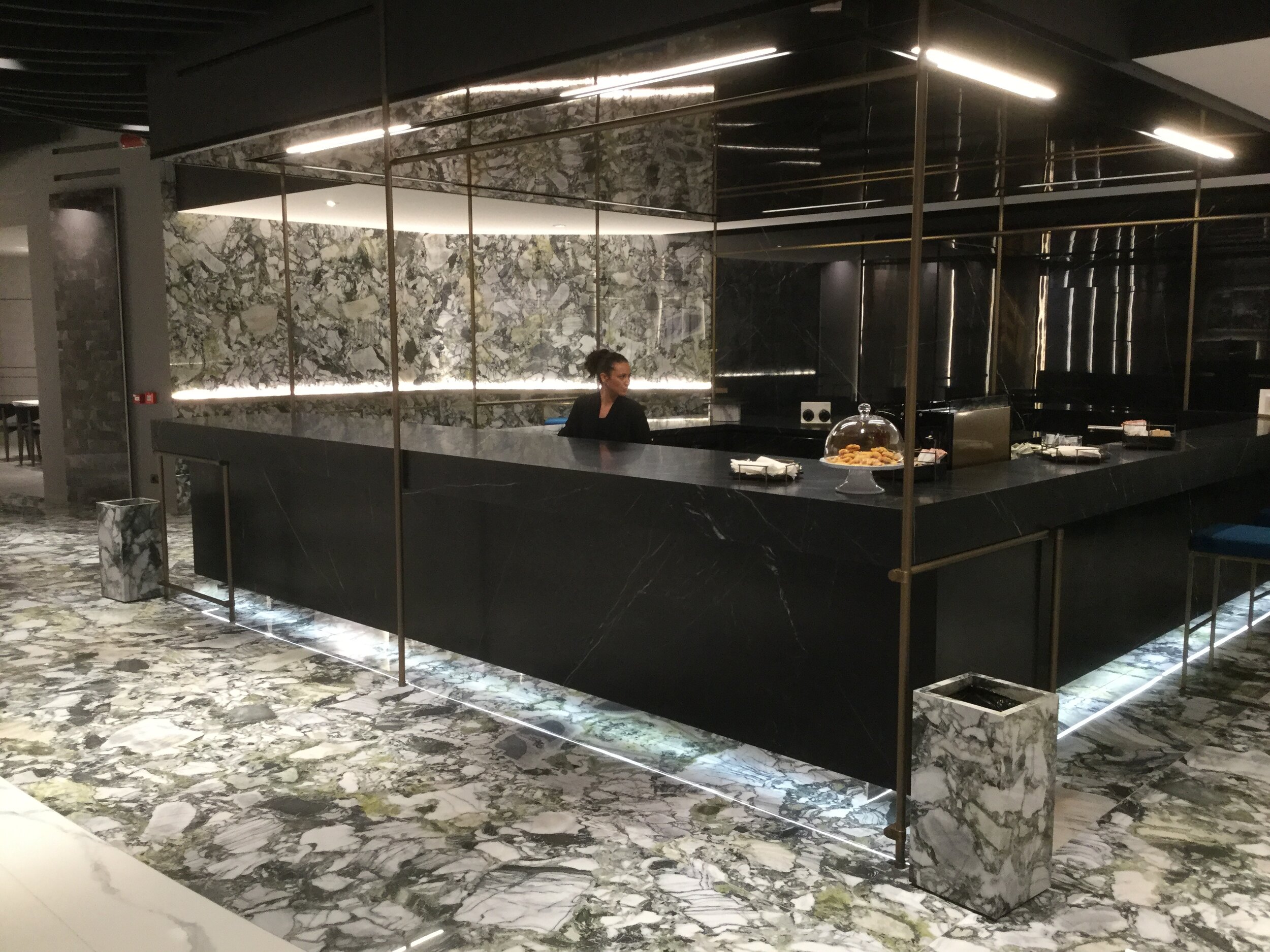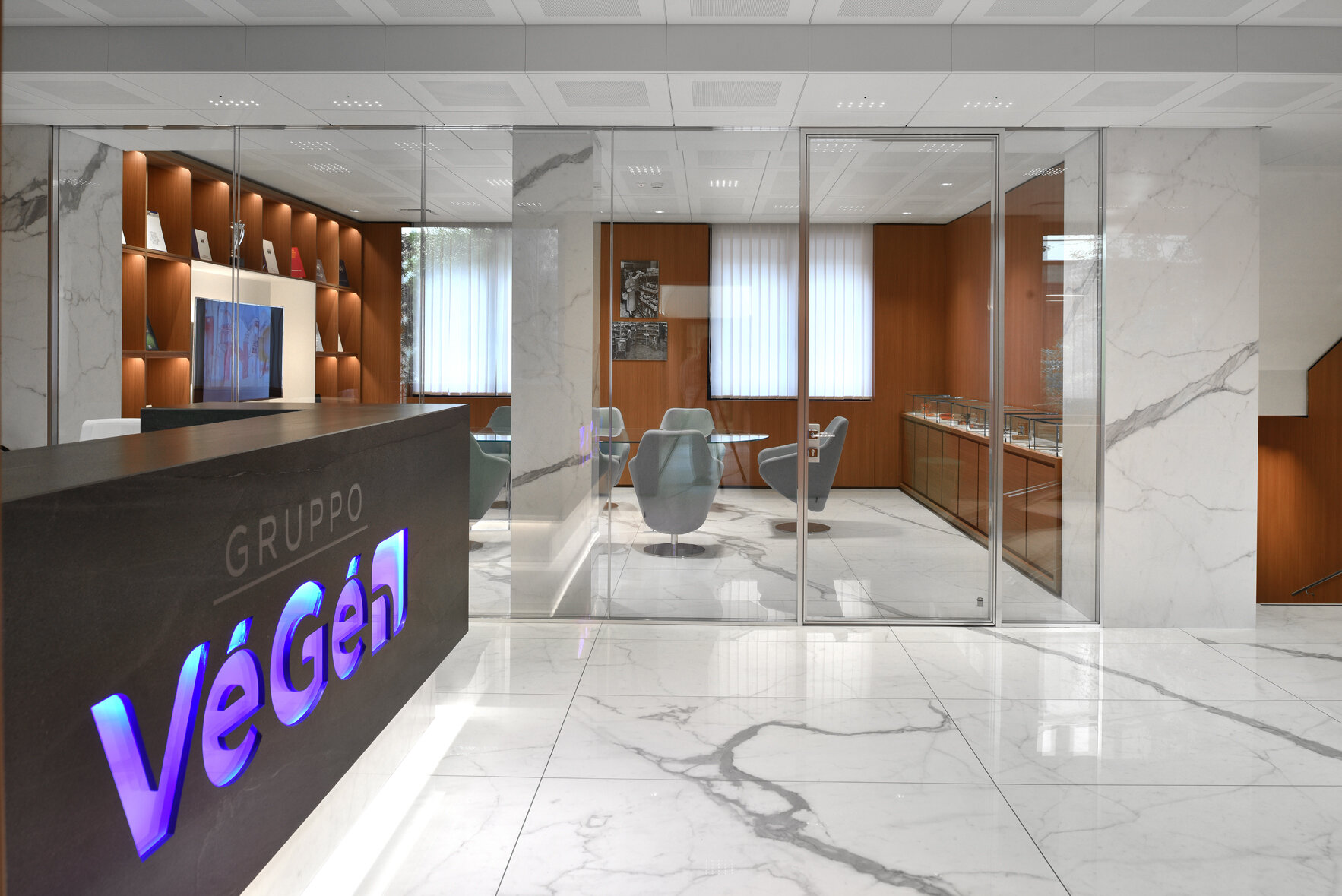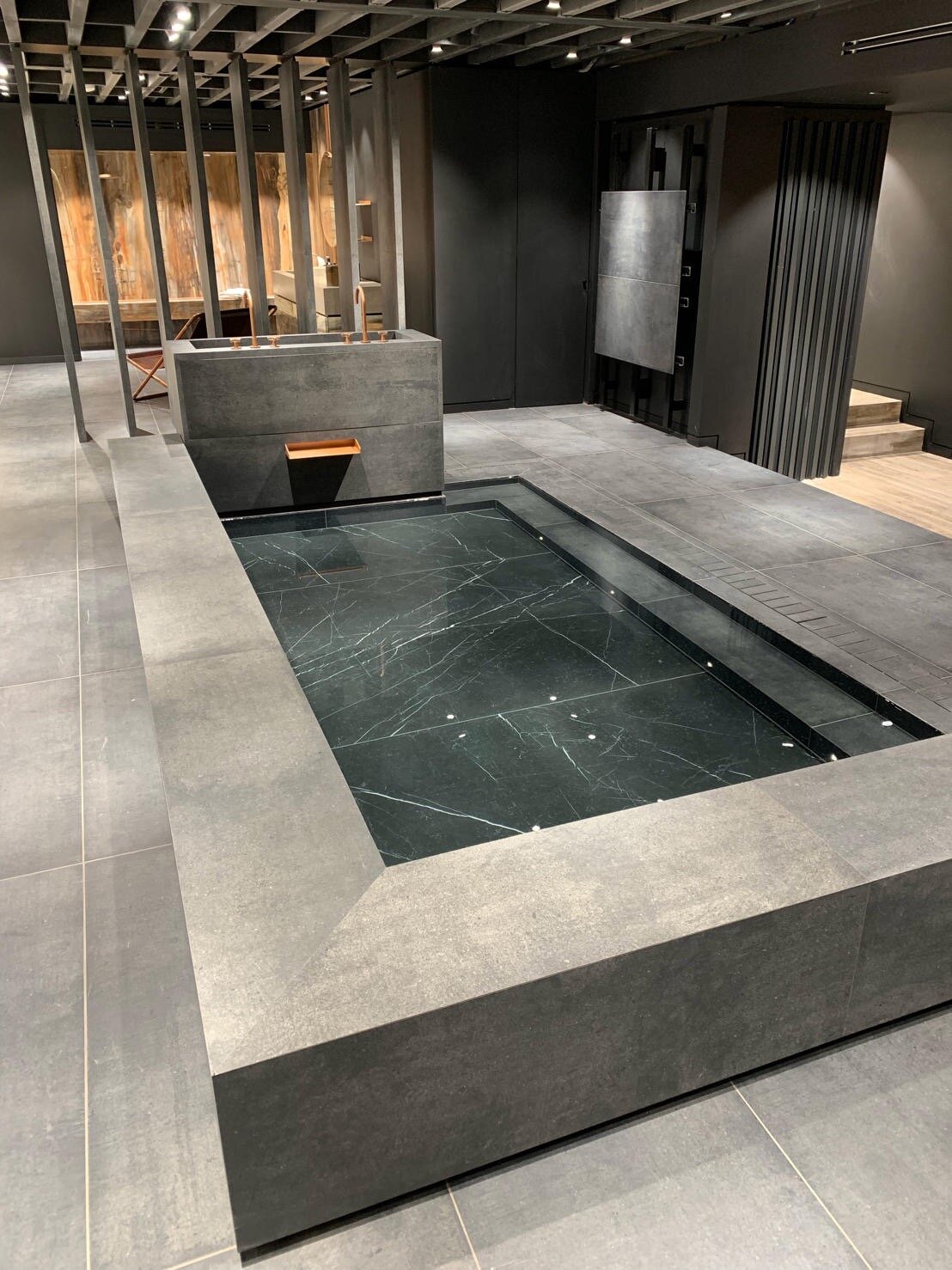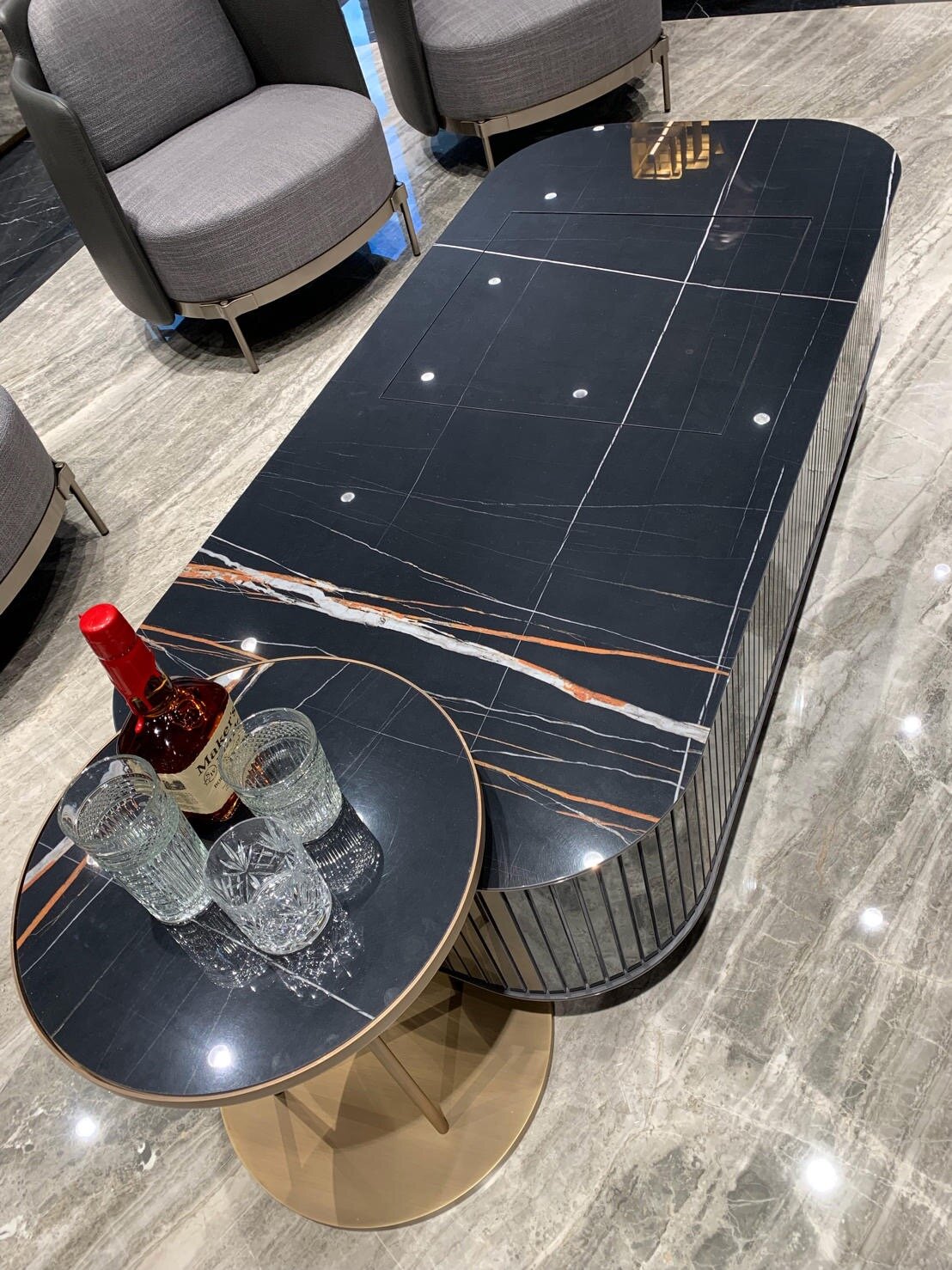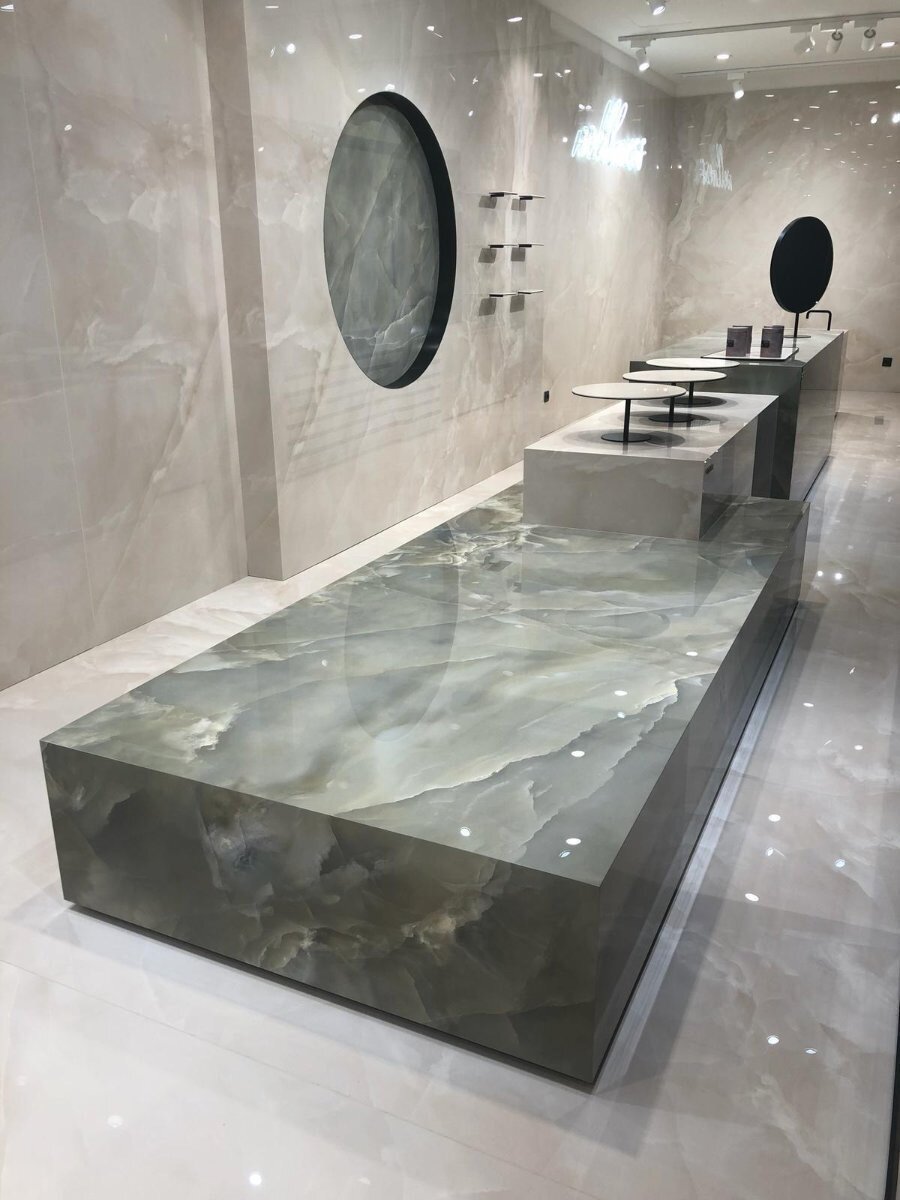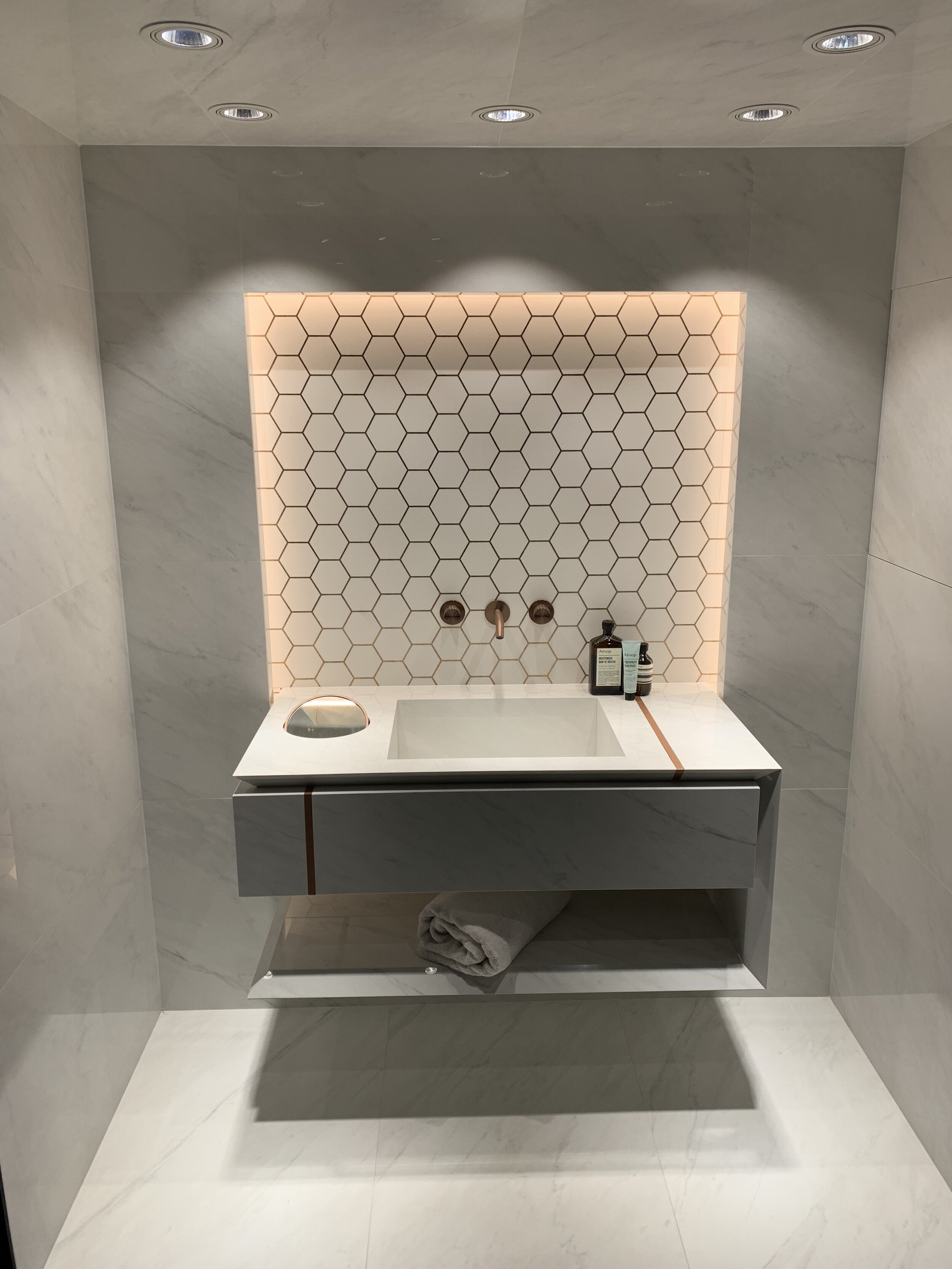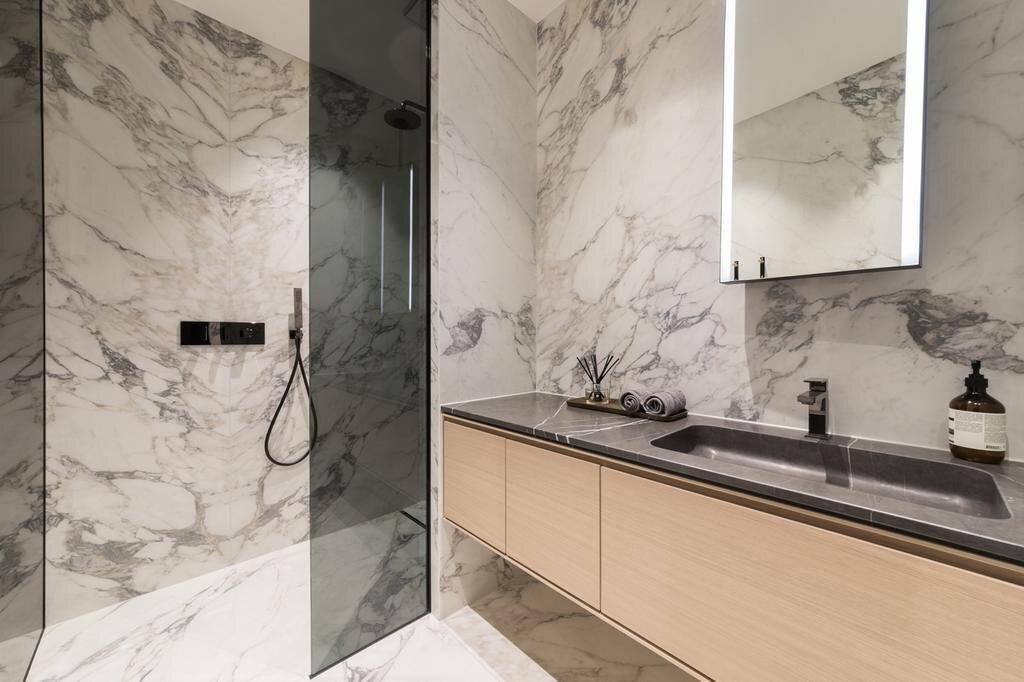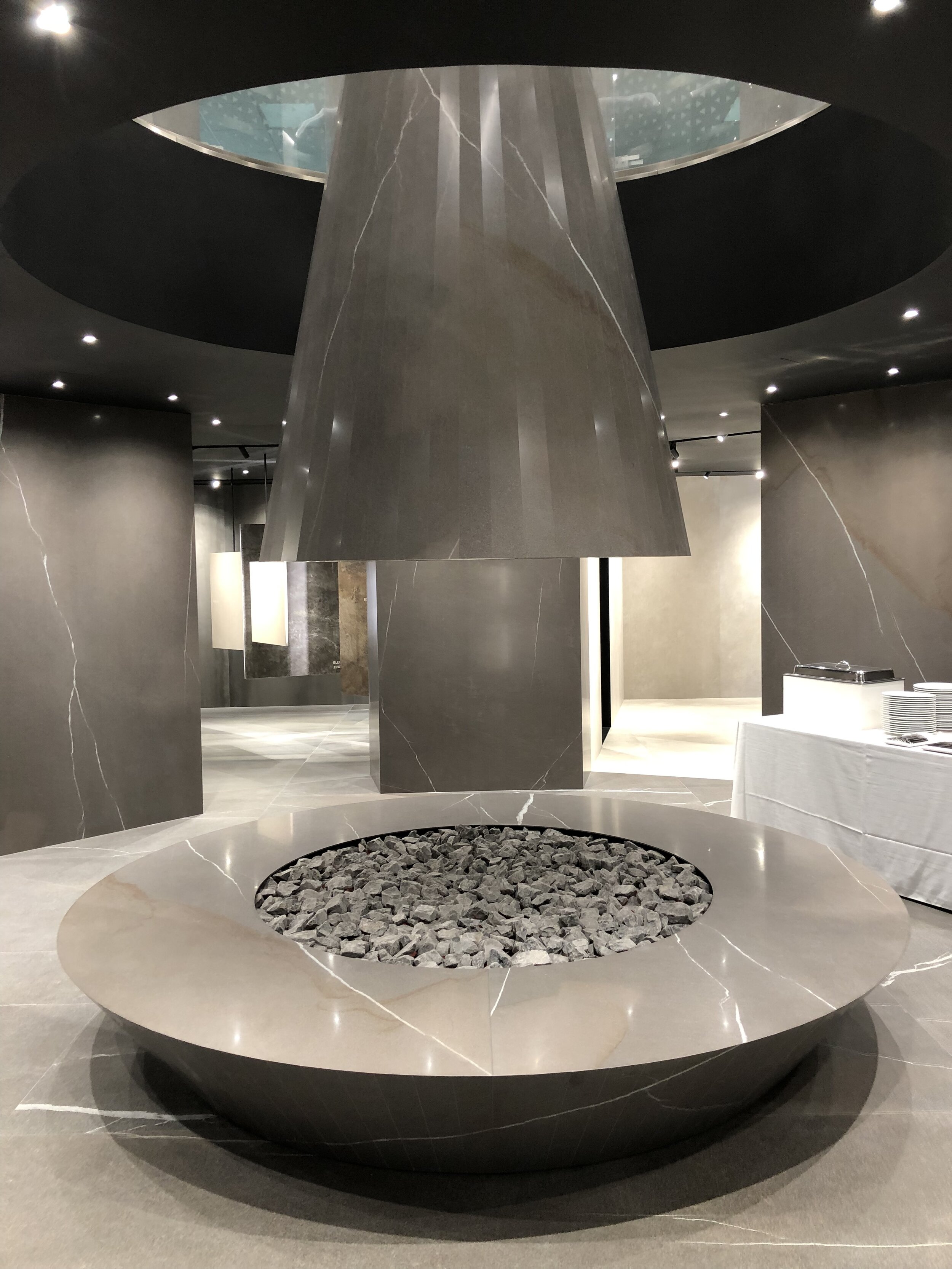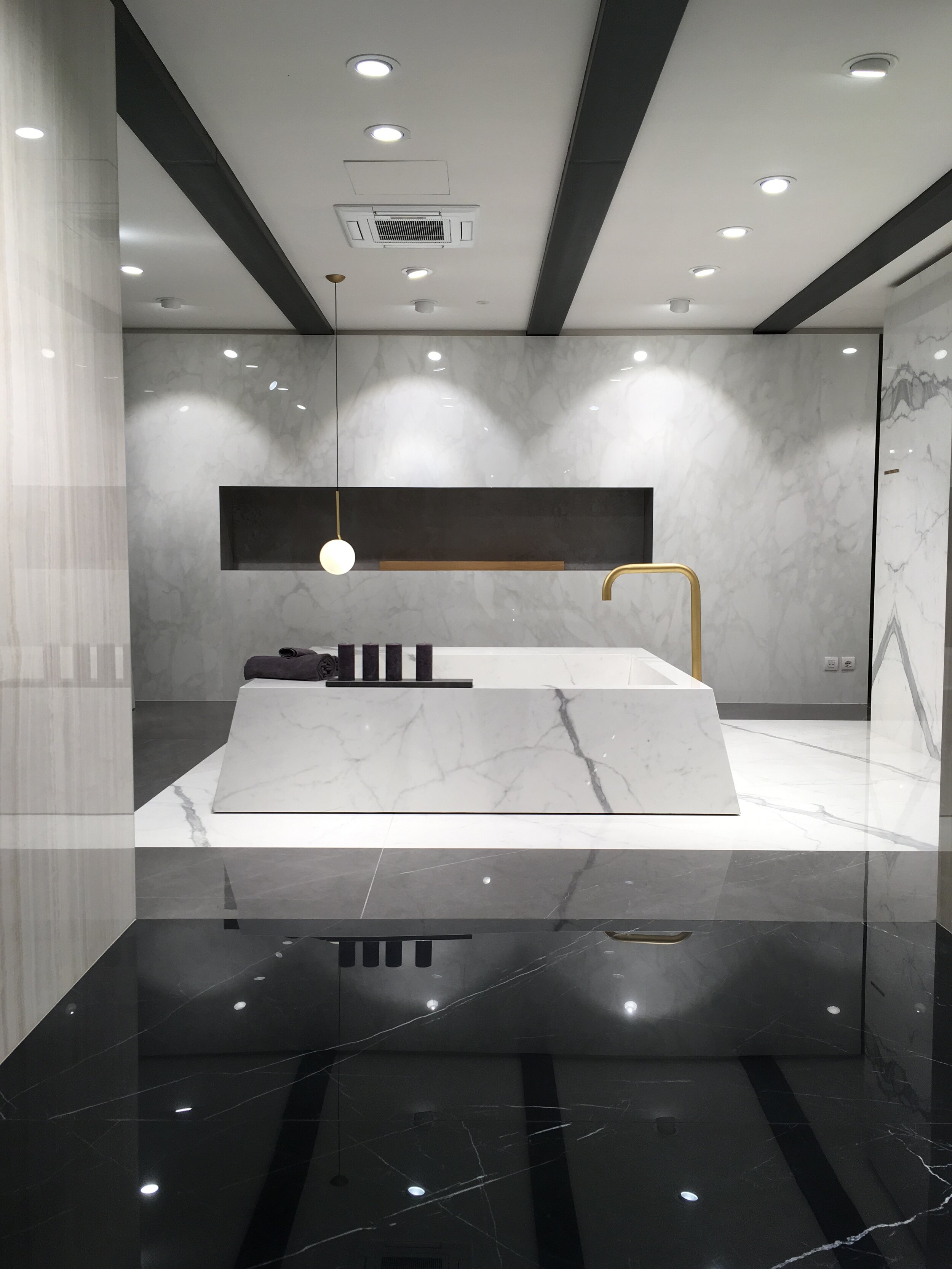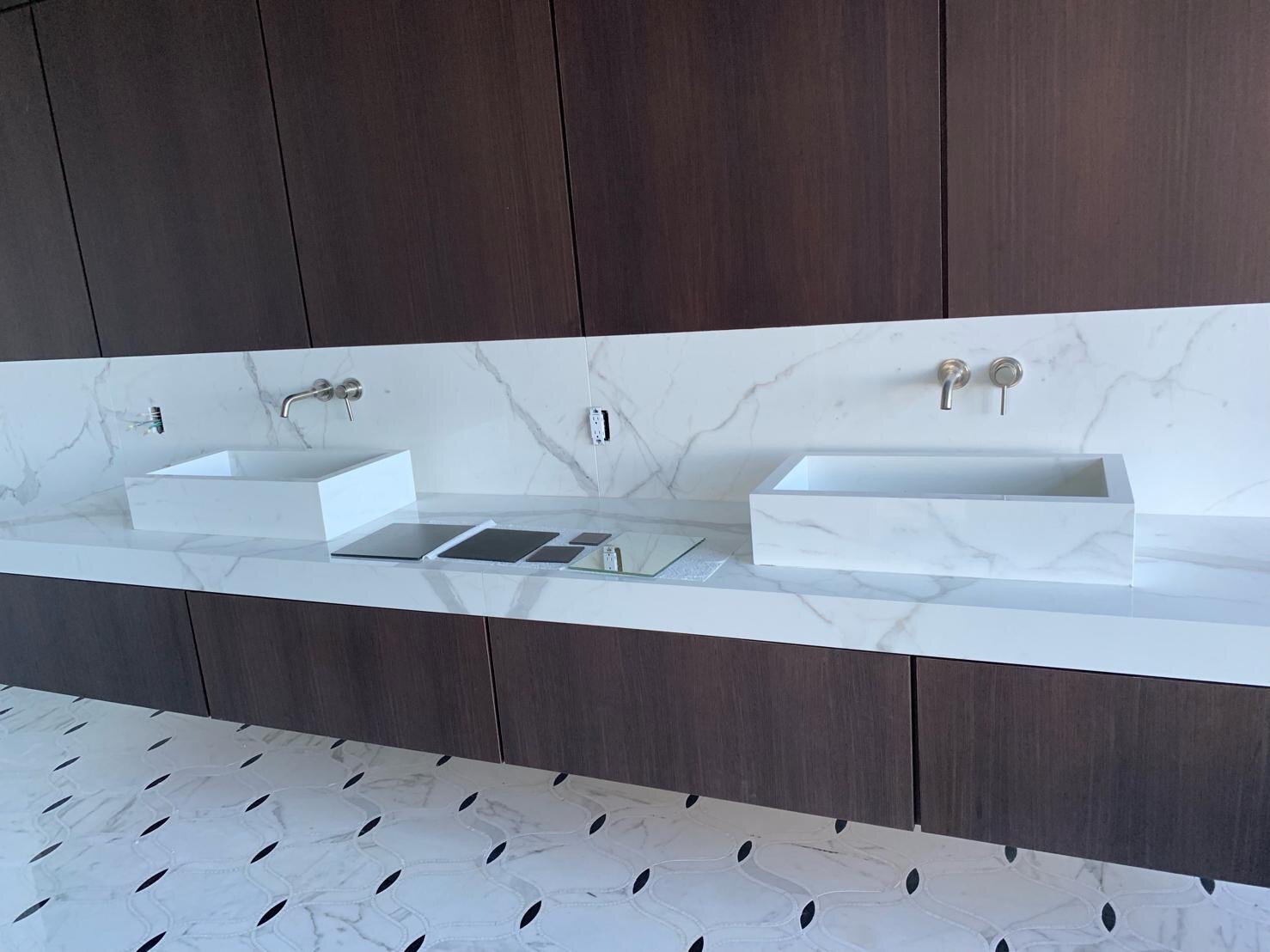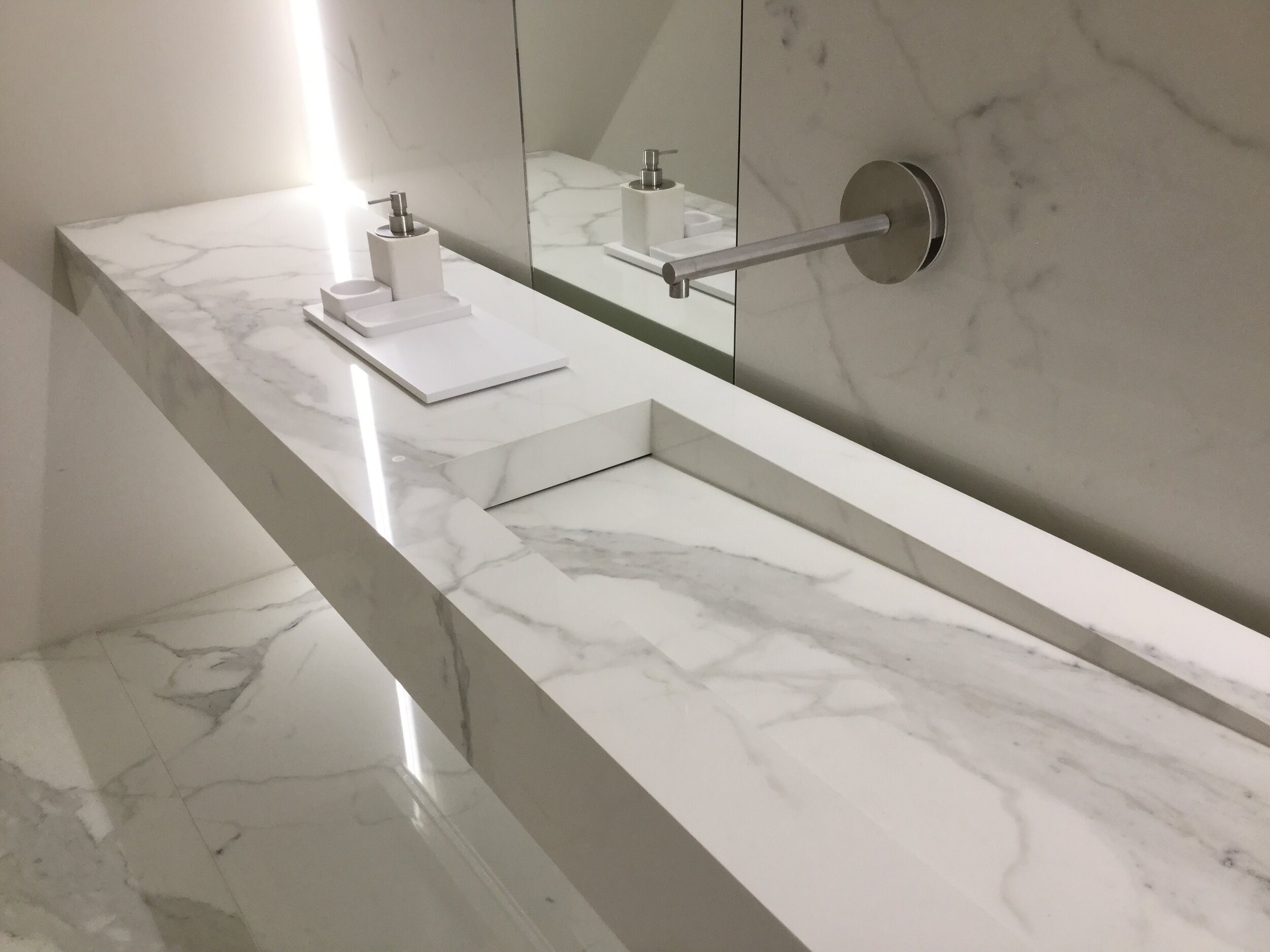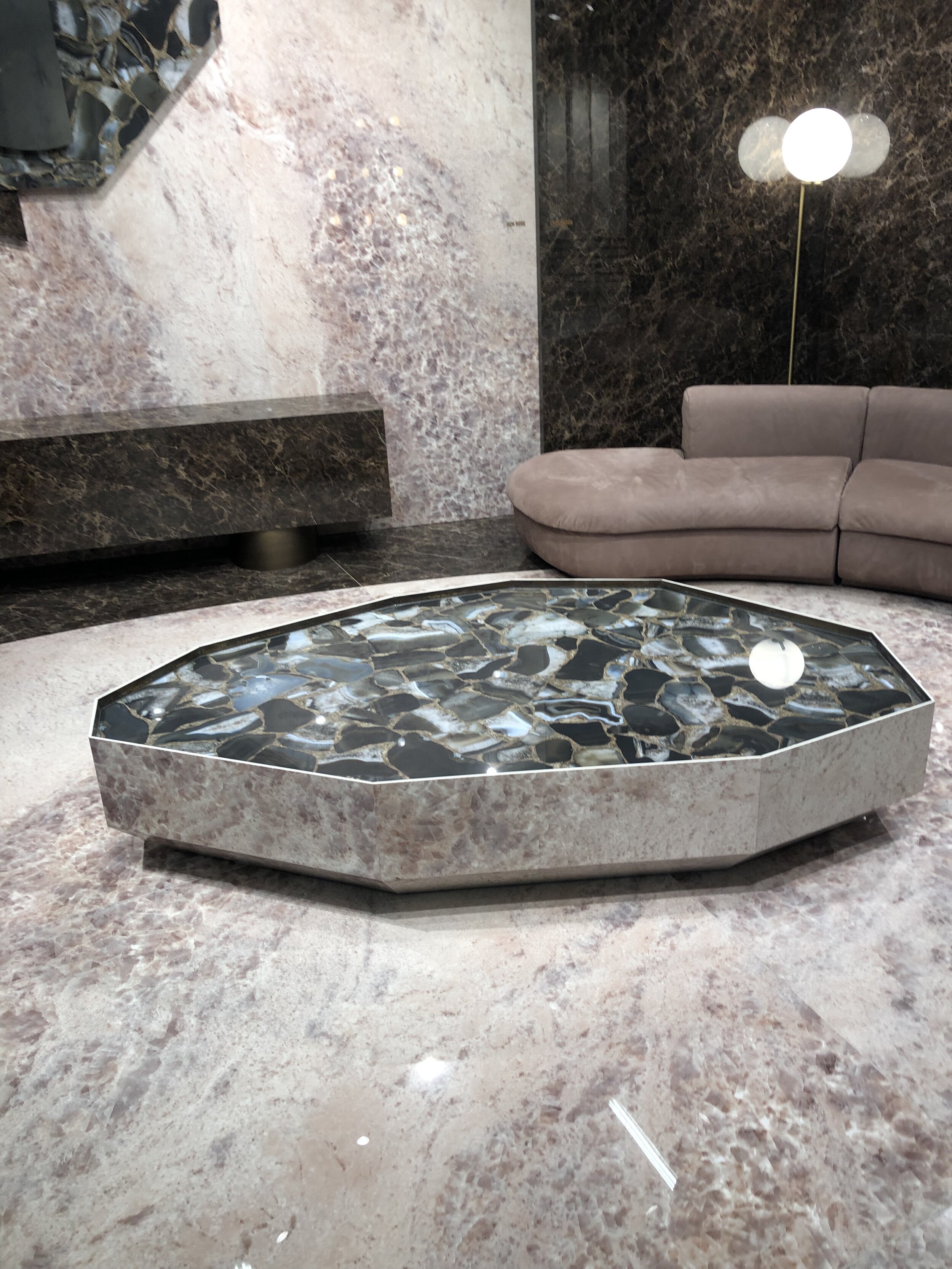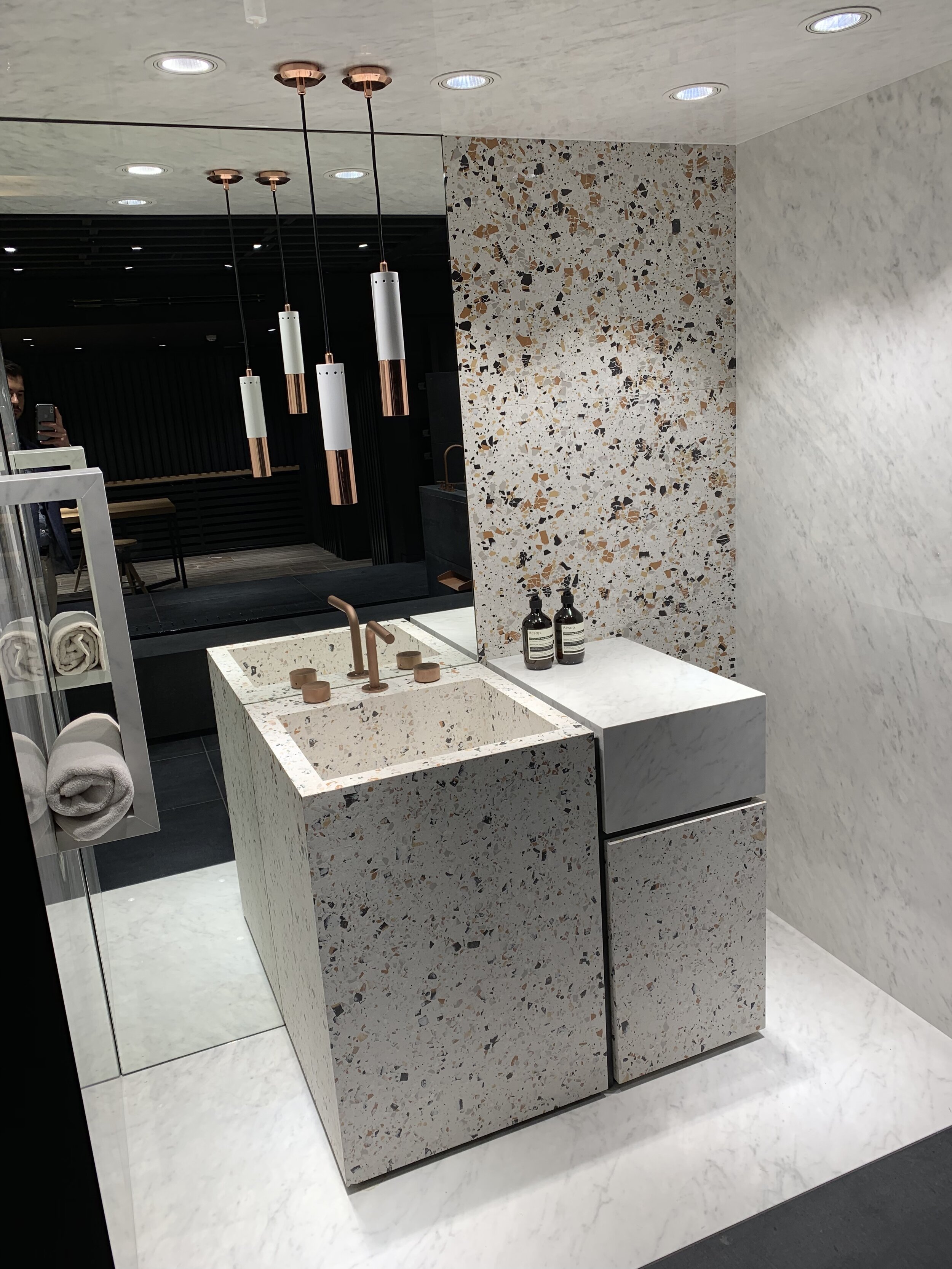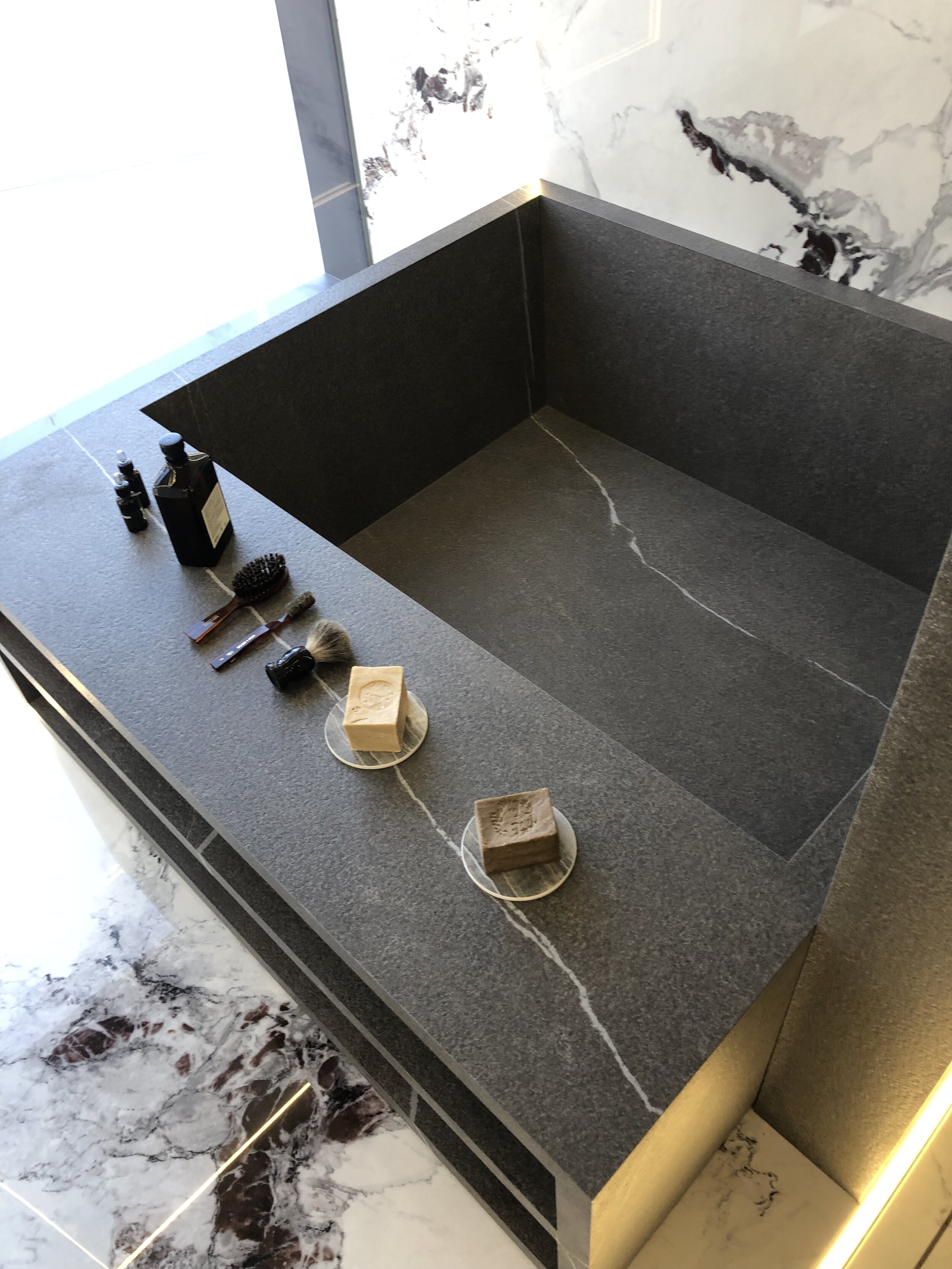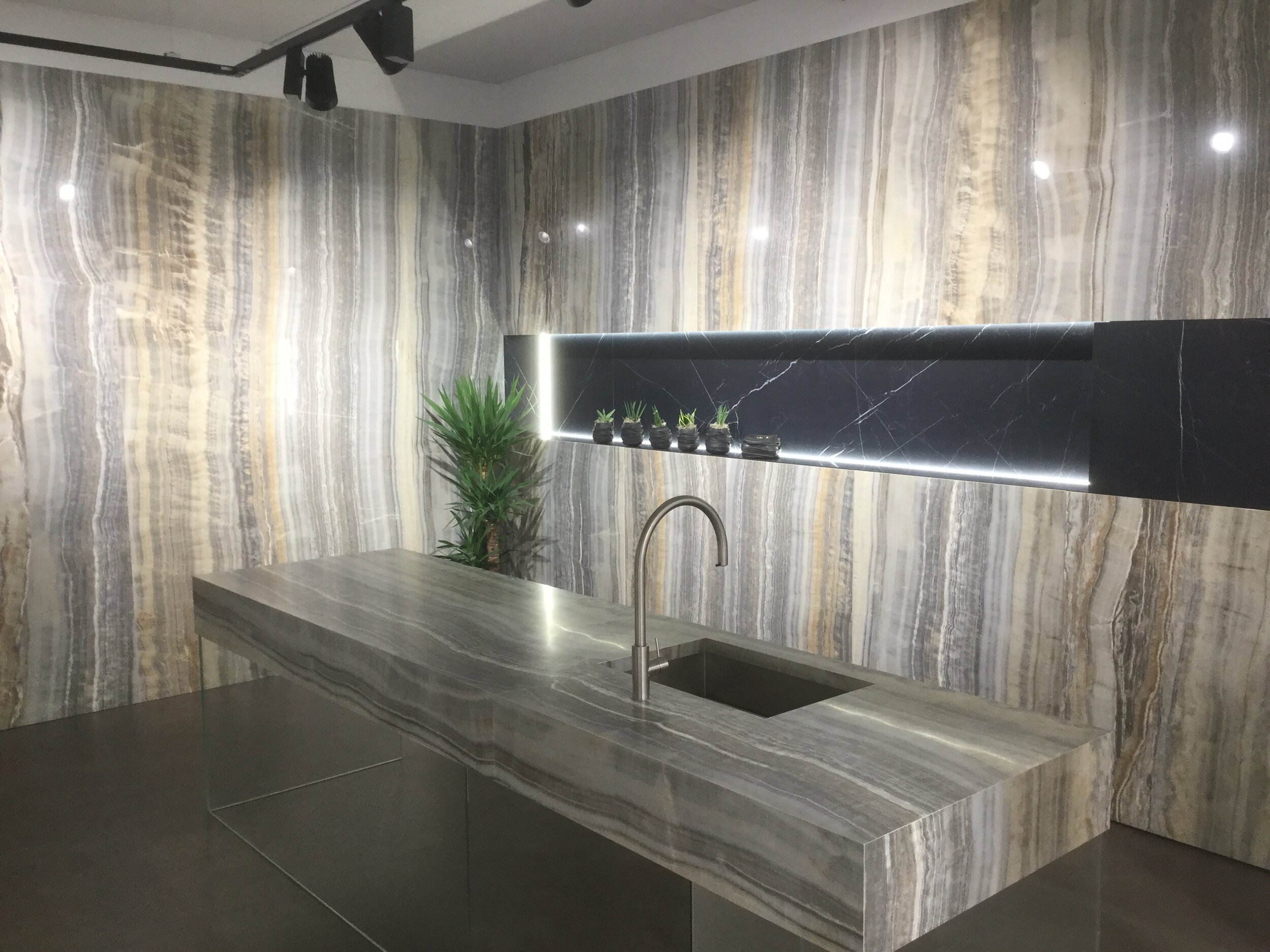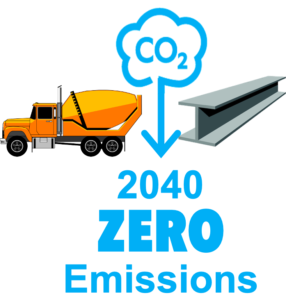Movie Nights
Fiona Mckay
MORIYAMA SAN | 11 FEBRUARY 2020
As winter tightened its grip on the Kingdom, we were back to the BFI for the start of one of the favourite AIAUK calendar events : The Movie Series. Our inaugural movie of 2020 was ‘Moriyama San,' by Bêka & Lemoine.
In preparation for the upcoming Tokyo Olympics, we made our way to Japan for our first screening. This documentary takes us through one week in the extraordinary-ordinary life of Mr. Moriyama. He is a Japanese art-, architecture- and music-enlightened amateur, who lives in one of the most famous examples of contemporary Japanese architecture, the Moriyama house, built in Tokyo in 2005 by Pritzker-prize winner Ryue Nishizawa (SANAA).
Introduced in the intimacy of this experimental microcosm, which redefines completely the common sense of domestic life, Ila Bêka recounts in a very spontaneous and personal way, the unique personality of the owner: An urban hermit living in a small archipelago of peace and contemplation in the heart of Tokyo. From noise music to experimental movies, the film lets us enter into the ramifications of Mr. Moriyama's free spirit. Moriyama-San is the first film about noise music, acrobatic reading, silent movies, fireworks and Japanese architecture!
This movie was unlike any we have ever screened before. It was very well received by the almost sold-out crowd in attendance, and generated huge debate. Some members from our new sponsors, Portview, also joined us for this screening. I am grateful to them and all those who set off our 2020 screenings to a roaring start!
PRECISE POETRY | 10 MARCH 2020
The 8th of March saw the World celebrate International Women’s Day, and for our screening on the 10th, we also celebrated the achievements of one of the many Women Architects. We screened ‘Precise Poetry' A documentary film about the famous Italian-Brazilian architect Lina Bo Bardi (b.1914 in Rome – d.1992 in São Paulo), who created poetry through architectural precision.
Told in a series of interviews on the eve of her 100th birthday, Bo Bardi’s colleagues and friends recount the socio-political constraints and personal events that would lead to the timelessness of her work. This cinematic journey through her most important architectural projects in São Paulo and Salvador da Bahia, poses the question of what remains of a person in the work they leave behind.
Firstly, on behalf of the board, I would like to thank director Belinda Rukschio for her immeasurable assistance. Thanks to Her commitment to architectural education, she was kind enough to give us this documentary at no charge. The AIAUK is most grateful to her for her magnanimity. This documentary was also almost sold-out, and generated some interesting debates from the sponsors, members & guests in attendance. It was nice to see such a rich amount of work, from a talented and under-published architect. Many thanks to our new sponsors from Iris Ceramica who joined us for their first screening, as well as the Sponsors from Portview. Many thanks to all who attended this final screening of the Winter 2020 movie nights. We were able to screen this documentary before the Covid-19 pandemic took hold and changed all of our lives. We are hopeful that this pandemic will be over in the next few weeks, and we look forward to welcoming all of you back to the BFI for our Autumn screenings, on 20 October and 03 November 2020. Stay safe and well!
Written by: Chris Musangi AIA



